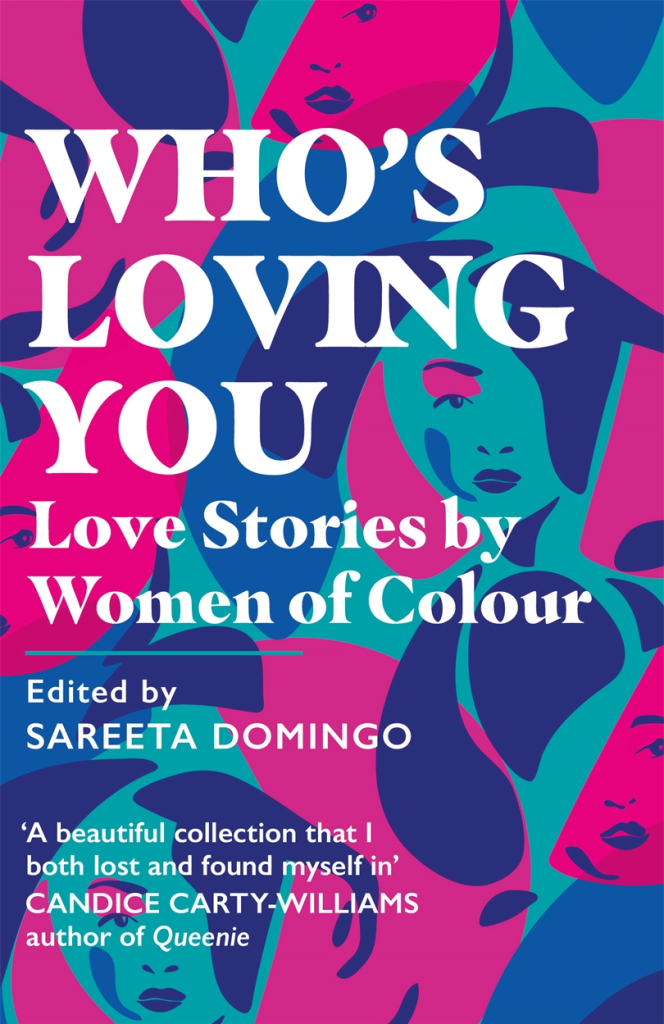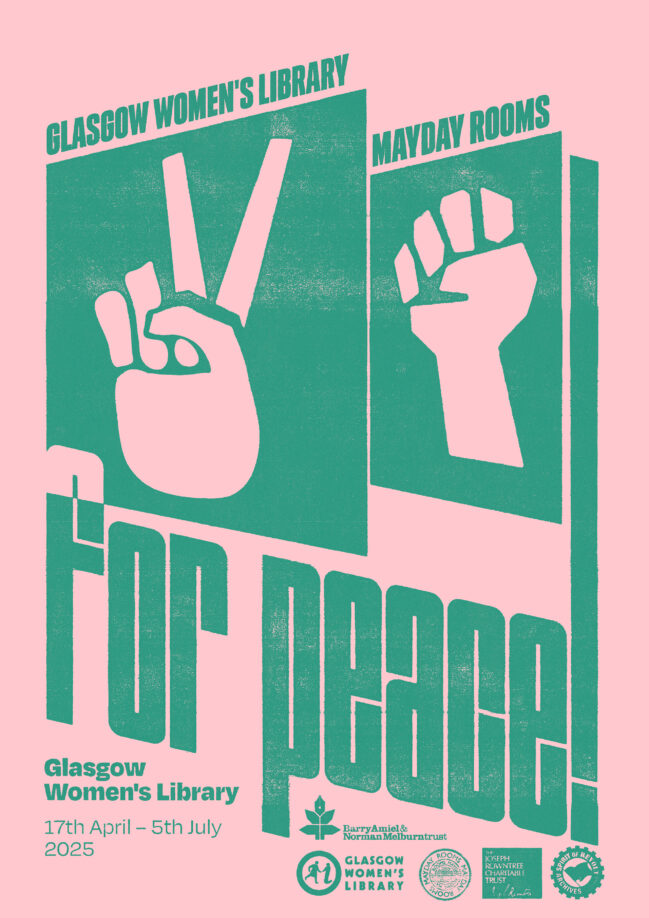As a young woman currently considering any and all future employment prospects, the recent media coverage on the gender pay gap is something I’ve been following closely. Apparently, I can look forward to a career in which, on average, there will be a 17.9% weekly wage gap between myself and my male colleagues. This is almost fifty years after the Equal Pay Act came into effect.
Keen to learn more about the whole topic and how I should expect to fall victim to it, I did what any forward-thinking, super-disgruntled, anti-establishment leaning young lady would do and researched deeper. Statistics on the wage gap in the science and business fields were extremely easy to come by, but, specifically, I wanted to know how badly affected my area – the creative industries – was. Surely, I thought, it wouldn’t be so bad here. We’re open minded sorts. Progressive. Plus, creativity is a wholly subjective thing that can’t be compared from person to person, right?
Wrong.
Instead, in figures taken from the 2015 ArtsProfessional salary survey, I was surprised to find that the gender wage discrepancy in the arts sector is actually wider than the national average. Here, females earn up to £5k less than males at similar stage in their careers. This is all despite them being generally better educated. After a closer look, the statistics told me that although women in full-time paid employment in the arts sector outnumbered men by two-to-one, the average earnings of the men were higher than their female counterparts in almost all areas from admin to managerial roles, artforms, regions and age groups. The average annual of employees in the arts sector was £29,850 in 2014/15, but the wage gap between men and women within that average is huge: £32,500 for men, and only £28,500 women. For the same work, with the same qualifications. This gap is actually greater than the national average of 9.4%.
As I mentioned briefly above, this wage gap is in direct opposition to levels and standards of education. The survey also showed that females employed in the arts sector were significantly more likely to have a first-class degree than males, and also more likely to have a higher grade degree in general. Despite this, the average earnings of a man with first-class degrees was an incredible £4,500 more than that paid to their female counterparts; and men with higher degrees earned over £3,500 more than women with qualifications of the same level.
I literally couldn’t believe what I was reading.
In reaction to the survey’s findings, a spokesperson for the Fawcett Society, the UK’s leading charity for women’s equality and rights, said of the statistics: “it’s disturbing that even in professions where there are twice as many women employed, there is still a significant difference in earnings”. The spokesperson continued: “It’s not enough to give women opportunities if these are eroded later in life, often when they take on caring roles that men tend not to do. Getting employers to publish their pay gap data, as the government is considering at the moment, will be just one step towards addressing the problem and avoiding such a waste of talent.”
Will it ever be fair?
For more information on the gender pay gap and the wider gender debate, pop in to the GWL or take a look at our online lending library.












